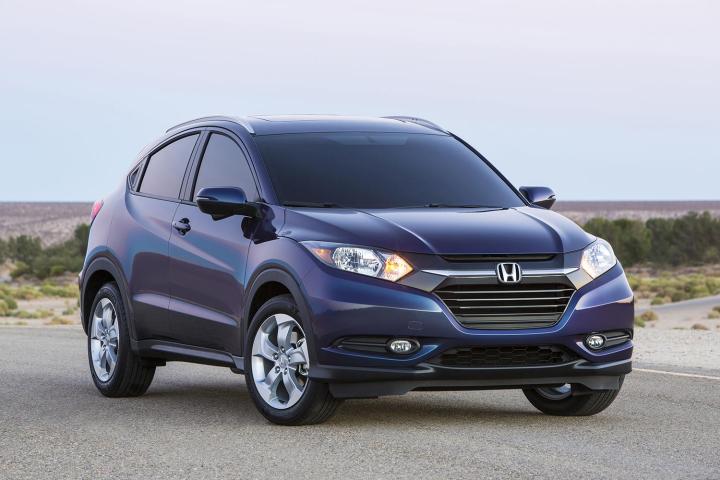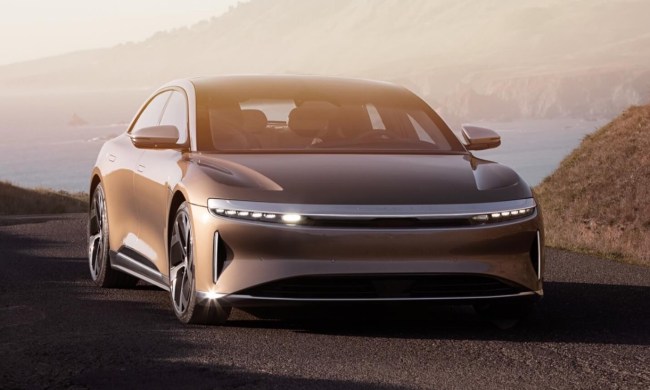
But in recent years, new automotive segments have been popping up almost as fast as automakers can name them, and there’s seems to be a car for just about everyone in 2014.
Honda’s 2016 HR-V is one of those vehicles, a gap filling ‘mini crossover’ that occupies the space between the new Fit and the rock-solid CR-V.
Known as the Vezel in Japan, the HR-V is actually based on the Fit platform, but is 13.4 inches longer, 3.1 inches wider, and 2.2 inches taller. Compared to CR-V, the HR-V is 9.2 inches shorter, and 1.9 inches lower.
Its styling isn’t going to knock anyone socks off, in fact the Chinese market XR-V looks a heck of a lot better, but many of the quirky innovations from the HR-V’s neighboring vehicles have carried over.

One such standout is the second-row ‘Magic Seat’ setup, which you may remember from the Fit, that allows occupants to configure seating arrangements to maximize interior space.
Staying in tune with Honda’s enviro-friendly nature, there’s also a feature called ECO Assist on the new car. Depending on the amount of lead in the driver’s right foot, ECO Assist changes the color of the speedometer’s backlighting from white to green, which is a great way to keep those gas-chugging accelerations in check.

While the HR-V shares many features with the 2015 Fit, its powertrain is not one of them. Instead of the compact’s revvy 1.5-liter engine, the crossover equips a 1.8-liter SOHC four-cylinder that produces 138 horsepower and 127 pound-feet of torque. Drivers can choose from either a 6-speed manual or CVT transmission, and like with its CR-V big brother, FWD and AWD are both available.
Despite its small stature, the crossover enjoys a generous 100.1 cubic feet of passenger volume and 58.7 cu. ft. of cargo volume with the rear seats down. That’s a significant improvement over the Nissan Juke’s 86.7 cu. ft. and 35.9 cu. ft. measurements, but falls a bit short of the Mazda CX-5’s 103.8 cu. ft. and 64.8 cu. ft. allotments.
The all-new 2016 HR-V launches in early 2015.


